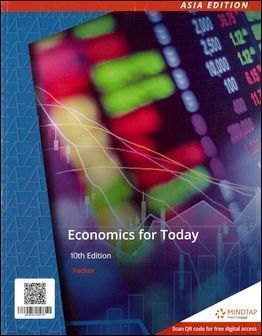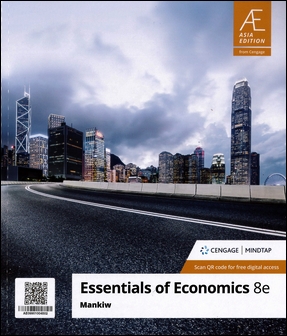書籍分類

Principles of Economics 2/e
作者:Dirk Mateer, Lee Coppock
原價:NT$ 1,700
ISBN:9780393623819
版次:2
年份:2018
出版商:W. W. Norton & Co.
頁數/規格:1184頁/平裝彩色
參考網頁:Principles of Economics 2/e
版次:2
年份:2018
出版商:W. W. Norton & Co.
頁數/規格:1184頁/平裝彩色
參考網頁:Principles of Economics 2/e
內容介紹 本書特色 目錄 作者介紹
- Description
Mateer and Coppock's approach teaches economic decision-making with applications that students will remember.
Mateer and Coppock, leading researchers in Economics teaching who have consistently taught Principles over a combined forty-plus years, brought their innovative teaching experiences to this blockbuster text. They put economics into context by making it relatable through carefully crafted real-world examples, a problem-solving pedagogy that emphasizes economic decision-making, and a voice that speaks directly to students.







